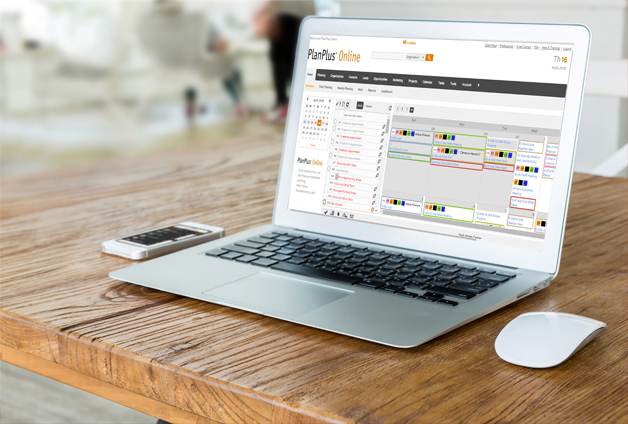Let’s face it – we’re all busy and face many interruptions, and that can make time management difficult–no matter how diligent we are about organizing, scheduling, and rescheduling our tasks. Having a routine schedule can make it easier to streamline and group our tasks and activities, but not every profession or job lends itself to this sort of regularity.
If you work in fields like real estate, public relations, or sales–much of your work is predicated on the fact that you’re going to be interrupted many times throughout the day. These interruptions are usually well-warranted, as the things that generate revenue often revolve around quick decisions and it’s-happening-right-now updates from clients, partners, or vendors.
If your work falls into one of these interruption-based professions or one that has a similar level of required responsiveness, there’s often no choice other than to work with these interruptions. But how can you be responsive to the needs of others while still having some semblance of a manageable agenda?
Time block your day
 Although you’ll probably have lots of interruptions throughout your day, you can still start with a basic framework for how you’d like your day to go. The key is to have your schedule be more loose and flexible than someone who has a more predictable structure for their day.
Although you’ll probably have lots of interruptions throughout your day, you can still start with a basic framework for how you’d like your day to go. The key is to have your schedule be more loose and flexible than someone who has a more predictable structure for their day.
Create small blocks of time for your various daily tasks – phone calls, emails, sales, client service, etc. – so you have a framework of what you’d like to see happen from hour to hour. The major difference between your schedule and the schedule of someone who deals with fewer interruptions is this: if you are expecting lots of interruptions, have small time blocks instead of big ones, and leave lots of blank, unscheduled moments in between them. That way, you’ll be able to shift your blocks around and adjust your daily tasks and work projects as you deal with daily fires and interruptions. When things are scheduled back-to-back-to-back, making schedule adjustments is much more difficult.
More:
Keep a task list
 With an unpredictable schedule, it can be hard to know what task to do next when you happen to have a few moments of time in between interruptions. With sudden downtime, many of us simply default to working on email, which can become a major black hole for your time.
With an unpredictable schedule, it can be hard to know what task to do next when you happen to have a few moments of time in between interruptions. With sudden downtime, many of us simply default to working on email, which can become a major black hole for your time.
For this reason, it’s essential to have a running list of the key tasks for you and your business. Take a few minutes and write down all the important tasks and projects that are important for your business to move forward.
More:
- Don’t stop with just a task list!
- Why two task lists are better than one
- Only write down five things at a time on your to-do list
- Weekly planning–schedule tasks
Identify key priorities and duration
Once you’ve made your list of tasks, take a few minutes and note how long you expect each task to take, and the order in which you’d like to tackle your tasks. Maybe you’d like to spend an hour on a client proposal, or half an hour writing your next blog post or newsletter article. Note those details on your list. Without a clear priority and duration for each task, it’s very hard to choose which task to work on next.
More:
Fill the open spaces
You’ve now created a schedule with lots of open spaces between your time blocks, giving you the flexibility to deal with interruptions. As you shift your scheduled blocks around, you’ll see your open spaces between tasks shift as well.
Use your task list to take advantage of these open spaces by plugging in your priority tasks into the free times in your calendar. Since you’ve listed the duration of each of your tasks, you can now clearly see whether your tasks will fit into your open time slots.
Having an interruption-based profession can be both exciting and challenging. The key to managing your time effectively when you have days that are always in flux is being flexible and adaptable, and making sure your time management strategy accounts for the way you work. You can’t expect your day to flow the same way as someone else who has a more predictable schedule – but you can still get things done!






